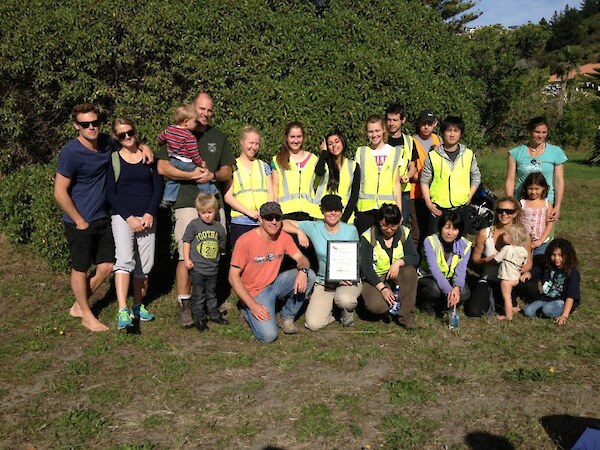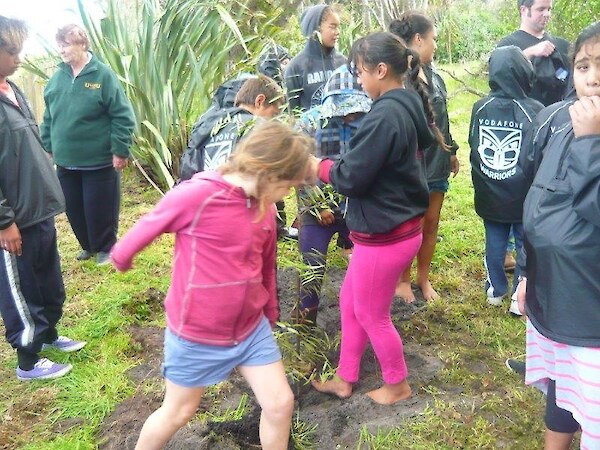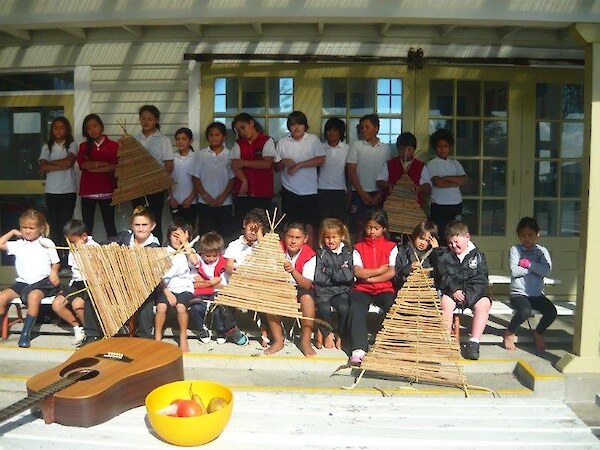We Won!
The Ministry for the Environment Green Ribbon Awards recognise the outstanding contributions of individuals, organisations, businesses and communities to protecting and enhancing New Zealand’s environment.
The Coastal Restoration Trust won the ‘Protecting our oceans and coasts’ category which recognises those who have demonstrated innovation and initiative in protecting, restoring or enhancing marine or coastal ecosystems.
Greg Bennett Trust Chair said “we share this award with all the hundreds of hard working, dedicated individuals and organisations we have worked alongside for over a decade, it is as much their journey as ours…..thank you.” Greg also acknowledged the generosity and financial support of the Trust’s Research Partners and principal sponsor Quinovic Property Management.
The Trust was congratulated for taking a collaborative approach, and providing robust, science-based, practical and cost effective guidelines for large scale restoration and sustainable management of NZ’s sand dunes.
The winners of the 2014 Green Ribbon Awards were announced by the Minister for the Environment, Hon Amy Adams, on 16 June 2014.
The Trust will be sending the award around the country to celebrate locally with it’s many partners and collaborators.
Posted: 19 June 2014 in the News category




